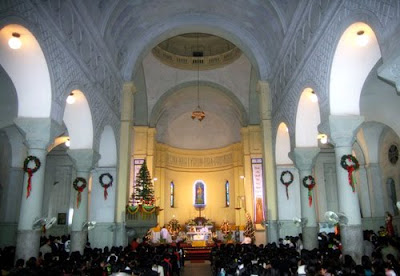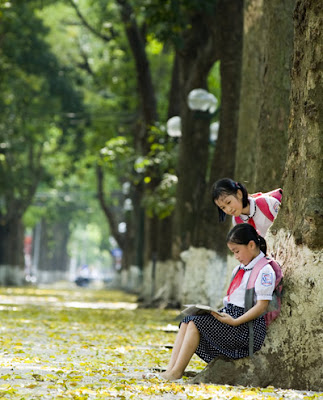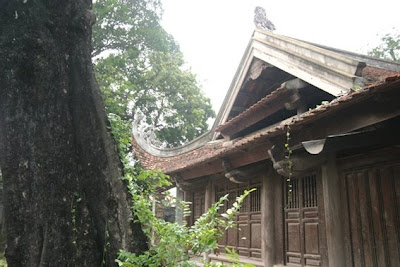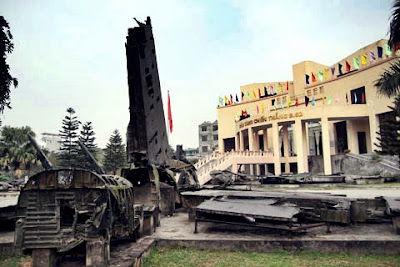"The Food of Vietnam" published in both English - Vietnamese, Swiss author Marcel Isaak and Ms. Trieu Thi Choi (a familiar face on women domestic science in Saigon before 1975) launched in 1998, up to now, food is still selling books on the online shopping site ebay, amazon ... To Vietnam nearly 20 years ago with the desire to discover food culture, Marcel Isaak is still sticking with his favorite job: chef in a restaurant in Hanoi.
Marcel Isaak, the book Vietnam Food - The food of Vietnam - he wrote with Trieu Thi Choi the author published in 1998 - a time when foreigners with little known cuisine of Vietnam. What fate brought him to Vietnam and take love for Vietnamese food?
When I first came to Vietnam in 1994 with a reason to explore new definition is food. Fortunately, I live and work in the city. Ho Chi Minh city for a long time. This is the opportunities brought me closer to people, cultures and the richness of Vietnamese cuisine. The discovery has overcome my feeling. I went over Saigon to enjoy and taste the dishes of Vietnam. I enjoy the most delicious food in the restaurant, so I was quite understanding about the cuisine of Vietnam. I also then began to incorporate ideas from the food essence great together. In a few occasions I met Ms Trieu Thi Choi. That is valuable experience. I admire her very understanding and gracious of herself.
Discovery Saigon is the first, why he had decided to have a strong attachment to Hanoi?
As time went very fast, is that true? I had walked over from Vietnam along the Mekong River to Red River. Each place in this country has its own special characteristics of the vision, and all space is developing. Hanoi have many rivers, lakes and many tourist sites attract different, but at the same thing that impressed me is about people of Hanoi. They highlight and create opportunities for the city to develop and forward to an incredible speed.
I had left Vietnam in a short time, then returning, I decided to "settle" in Hanoi and from work at Press Club in 2004. I did mix with Hanoi people from style to culture and customs of the people of Hanoi and the value of human life together. Hanoi is a unique city, only when you walk around town you'll always find and discover things you've never seen before ... Hanoi is developing dynamically. At the macro level, can see where there's always the tall buildings and bridges are coming up. But little things, like a flower buyer, or a tea kiosk roadside ..., every time I stop in there has a different feel, interesting ... Hanoi is always something quite appealing.
Seems like a lot of foreigners come to Hanoi, he also became a "accomplished" man ... How does he feel about the "cultural styles" of Hanoi?
What I noticed is that people seem to Hanoi is proud of "Hanoi feature" of them, but they never to be pompous about it.
He is also interested in the traditions of Hanoi?
People of Vietnam in general and Hanoi in particular is the motto of life "drinking water, remember the source" They were very respectful ancestor worship. It is an interesting spiritual care.
In addition to these findings, surely he spent more time for the dish?
Of course. Cuisine of Hanoi surprise for me always as the diversity and richness of the dishes from noodles, rolls, rice dishes, sauces and other additives accompanying. But what made the difference for me is the quality, taste and aroma of natural vietnamese spice vegetable, spices and raw materials are pure, rich but simple. There are many mysteries inside the dish of Vietnam, which has created a unique flavor, special traditions, delicious and world famous.
I consider myself as a guest of Hanoi, and I also have a simple life like the people who live here. I can not say I know more about Hanoi them, but I was surprised to find out what this place seemed very small. An interesting habit that I walk along the streets of Hanoi and observed to have tired legs until they stop enjoying noodles or other dishes in Hanoi.
He was not afraid to take street food hygiene?
I understand very angry about food hygiene. But I noticed the quality of hygiene and food safety have advanced quickly and no doubt, improvements in conditions, hygiene and food safety will be better. We are also aware of communication exist for the promotion and application of technology, new techniques in many related industries, then we will be seeing the new improved better. Consumers are the ultimate test of sanitation and food safety for the goods they purchase.































